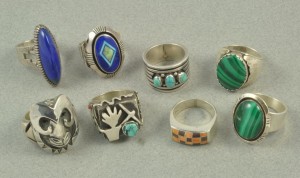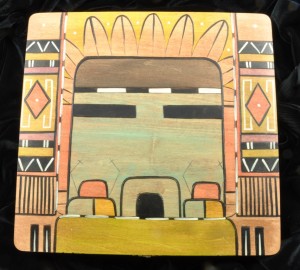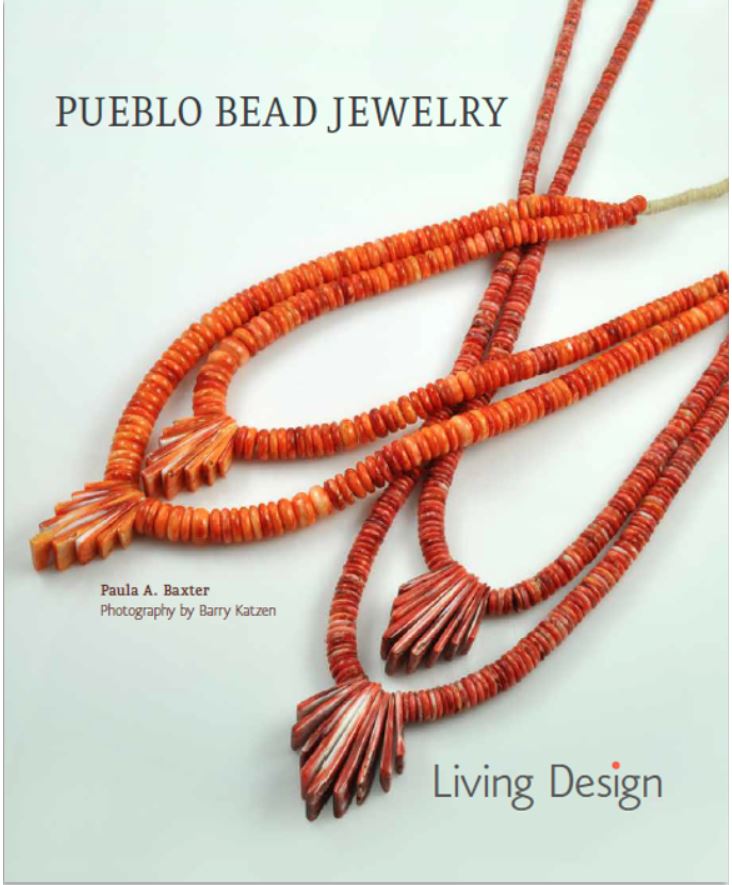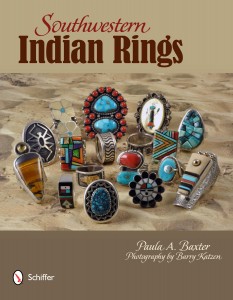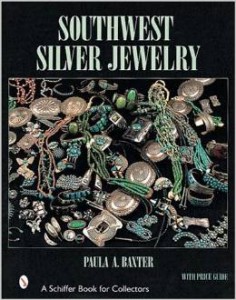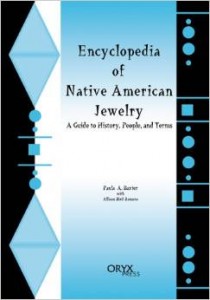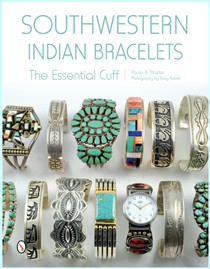Recently the New York Times had an article on “36 Hours in Albuquerque.” It’s got interesting tips on the new and trendy, but it left out the best places for Indian jewelry and pottery. We can fill that gap right now:
Wright’s Indian Art: This is the oldest of the three business mentioned here. Wright’s was founded back in 1907, and was originally on Route 66 (where “everything” used to be in Albuquerque). They offer a wide selection of excellent Native American jewelry, pottery, paintings, fetishes and other examples of the best available.
Cowboys and Indians Antiques: If you’re looking for vintage Native American (and Western) art, including jewelry, Navajo weavings, Pueblo pottery, andHopi kachinas, this is the place for you. They’re on historic Route 66.
Andrews Pueblo Pottery: This Old Town business has a wonderful selection of Native American pottery, plus other Native art such as painting and sculpture. They also have some fine Indian jewelry. Andrew Pottery has ben a source of fine Native American art since 1974.
Disclaimer: While we purchase merchandise from these companies, we have not received any gifts or remuneration from them in return for mentioning them in this website.
We recently received a report from a usually reliable source about a practice that happens at the Inter-Tribal Indian Ceremonial, held in Gallup at Red Rock State Park. This event most often takes place the week and weekend before the SWAIA Indian Market in Santa Fe. The Inter-Tribal has had a rough patch related to funding, but is still considered one of the important shows in the summertime calendar of Indian arts. Native artists submit their work for judging and display, and the judges tend to be experienced Indian traders and regional experts.
It turns out that artists pay a holding fee to keep the judged art on display through the length of the Ceremonial; this fee also causes some of them to place an extraordinarily high price on a prize-winning piece in the hopes of not selling it at Ceremonial, since it can get a higher price as a result at the Indian Market or elsewhere. An award from the Ceremonial judges is a known boost in value for such a work.
Some of the crafts previously made as lower cost items for sale to outsiders have developed a new life. We’ve learned that the fairly inexpensive, Indian symbol-driven sandpaintings done for tourist consumption have taken a new form. Navajo artists with art training and talent are producing pieces with non-symbolic subjects, including figural studies, landscapes, and scenes from daily life or popular culture. Check on YouTube for a video by the Ettcity Boys demonstrating how to make such a picture. The artists are—you guessed it—young individuals who are striving for a new look to an old-time tourist collectible. Young Native women (and a few men) with a talent for sewing are also making “Indian style” garments and accessories for sale, spurred on by the growth of this category at shows and in real life. Keep your eye out for tote bags and purses with a Southwestern flair.
There’s a place in the Southwest that allows a whole new view of Apache art. For those touring southeastern New Mexico, a stop at the Inn of the Mountain Gods Resort and Casino in Mescalero, New Mexico, provides a feast for the eyes. This resort, renovated and reopened in 2005, contains original works of art by Apache artists along the inn’s eight-story walls. Apache design is the theme, including the larger-than-life bronze statues of crown dancers by Fredrick Peso. Two major artists of Apache heritage, Allan Houser and Larry Vasquez, remind us that there are more perspectives out there than the familiar Navajo and Pueblo and their aesthetics.
If the Indian arts shows are factored out, where can collectors, especially beginners, expect to find the best work? We faced this issue in our visit to Tucson earlier this year. We were looking out for quality Tohono O’odham baskets. The Mission at San Xavier used to be a good bet, but their gift shop held only a few mediocre items. We located a small shop not far from the mission, Turquoise Skies where there was good work available. This shop was run by local men who knew the local artists personally. Even then, however, the owners admitted that getting this work is harder. Not only are fewer Native artists able to take the time to make this art, or teach a new generation, but well-to-do collectors and city dealers come to them first.
What does this tell those visiting Indian Country for a first-hand experience of buying Native arts there? Well, there will definitely be less really good arts available at trading posts and shops near national parks and tourist attractions. The loss of Verkamp’s at Grand Canyon Village on the South Rim is evidence of that. Even the shop at Monument Valley Tribal Park contains items that jump from low-end tourist work to the extremely expensive. If you want good quality Indian arts, your choices—with a few notable exceptions—are to go to the reputable museum gift shops, IACA- and ATADA-backed galleries in the cities, or to the artist directly.
(Disclaimer: While we shop at the Head Museum Shop, we do not receive any gifts or other consideration for mentioning them.)
The souvenir nature of low-end Indian arts, spurious vendors holding travelling Indian arts shows with questionable goods, and bogus sales discounts of 50% or more off already jacked-up prices, have all contributed an aura of sleaze to the marketplace. Sadly, many tourists consider the awful things they see in tourist stores as representative of the genuine article. This problem is so endemic, even the U.S. government has gotten into the protectionism business. The Indian Arts and Crafts Act of 1990, P.L. 101-644, co-sponsored by Congressman Ben Nighthorse Campbell, a Southern Cheyenne jeweler by profession, put in place a truth-in-advertising law that prohibits misrepresentation in the marketing of Indian arts. Over the past decade, New Mexico and Arizona have passed state laws related to this federal act, yet the verdict is out on how successful and consistent enforcement will be. Until then, be careful what you buy.
Watch a video about buying authentic Indian Arts and Crafts.
Download a brochure (PDF) about “How to Buy Genuine American Indian Arts and Crafts.”
